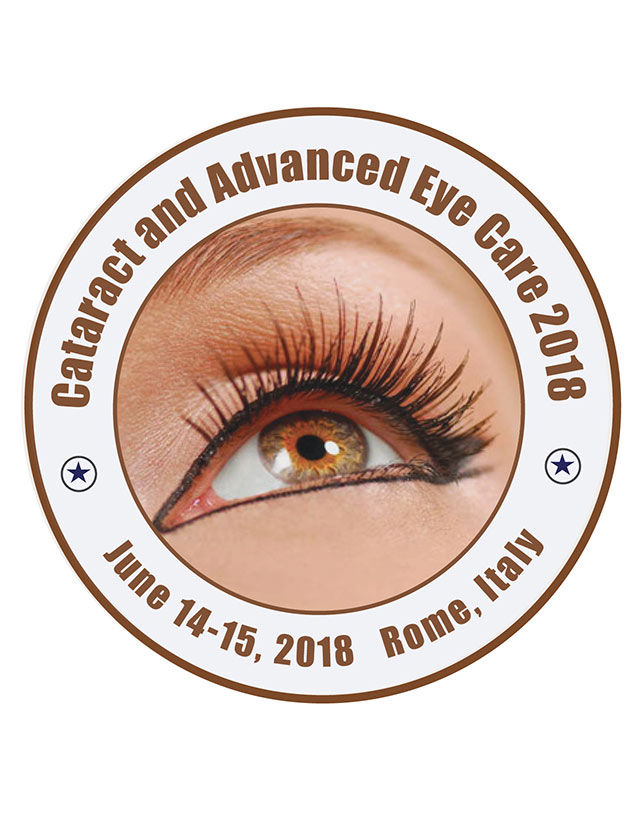Ana Vega Carreiro de Freitas
Quarteirão da Saúde, Brazil
Title: How to teach cataract surgery? a realistic and recent review about methods for teaching cataract surgery
Biography
Biography: Ana Vega Carreiro de Freitas
Abstract
Although cataract removal is the most common elective surgery in some parts of the world1, it demands uncommon motor control and concentration to be performed. According to the Accreditation Council for Graduate Medical Education - USA residents must perform a minimum of 86 cataract surgeries during the three years of residency2. However, studies have indicated the complications rate of resident-performed cataract surgery only becomes acceptable after approximately 100 cases3,4 and the International Council of Ophthalmology does outline that specific skills, even advanced ones on cataract surgery, should be mastered during residency2.
Growing legal and ethical concerns surrounding the use of human patients as teaching cases, along with reported increased costs in terms of experienced surgeon time and complication rates with resident-performed procedures,5 set alternative surgical training models and teaching methods as priorities in many residence programmes around the world.
Currently, virtual-reality surgical simulators have begun assuming an important role in phacoemulsification skills training, alongside traditional wet-lab work and master-apprentice training in the Operating Room. Other types of cataracts surgery, such as extracapsular facectomy and manual Small Incision Cataract Surgery can still be done in artificial models such as Kitaro kit.
Simulation of cataracts surgeries in conjunction with a standardized surgical teaching methodology that can be reproduced and compared, such as the "backward" methodology used at University of São Paulo and in other international institutions2,6 or the OASIS -Objective Assessment of Skills in Intraocular Surgery7 and similars usually lead to lower rates of complications.

